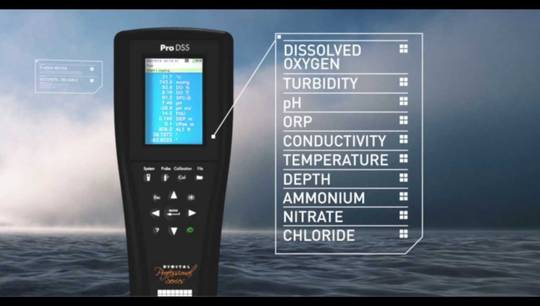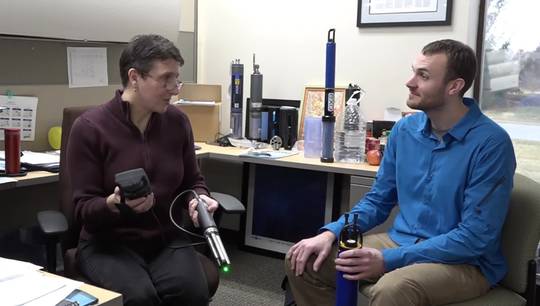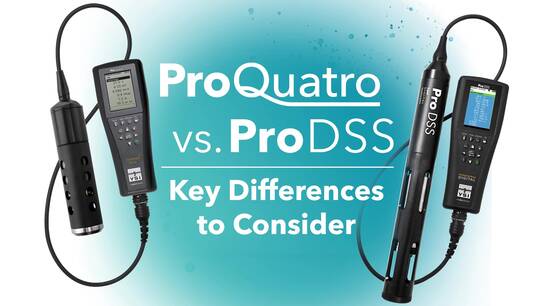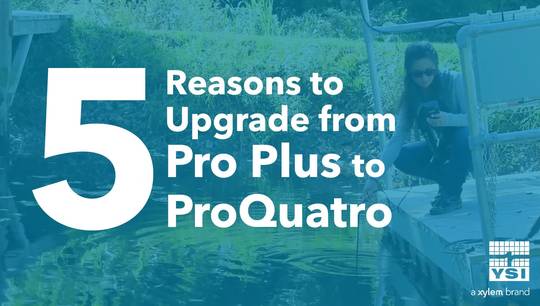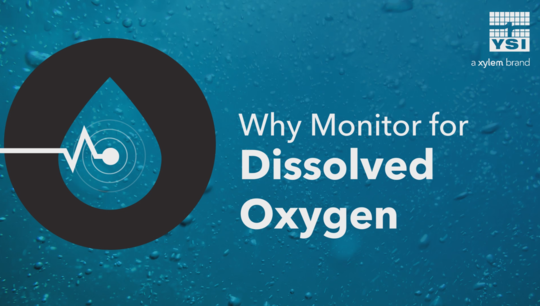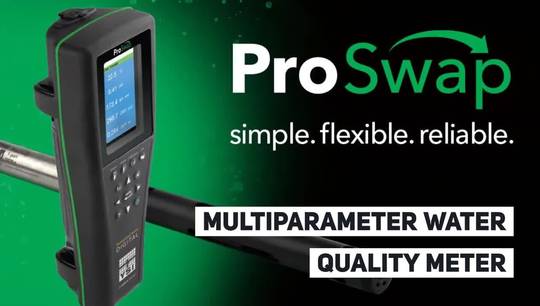Clean Water Act Tour | Maumee Bay State Park
Hi, I'm Stephanie Smith. And we are here on the second stop of our summer tour to celebrate the 50th anniversary of the Clean Water Act. We're at Maumee Bay State Park near Toledo, Ohio, to talk about the present-day challenges of the Act.
We're here at the beach to talk about one of the biggest challenges that the present-day Clean Water Act faces. Before we do that, let's talk about one of the great successes of the Clean Water Act, and that is the National Pollutant Discharge and Elimination System (NPDES).
Almost everyone in our field has heard of an NPDES permit. Those permits help regulate discharges that are from point sources. So, it's a good system for regulating point-source pollution that enters your watershed or any waterway.
Where the Clean Water Act is challenged, though, is how to handle nonpoint-source pollution. Nonpoint-source pollution, such as that from agricultural runoff, is what causes things like harmful algal blooms in Lake Erie.
Those of you from the area will remember that a harmful algal bloom led to algal toxins breaking through in the drinking water in Toledo in 2014. Since then, the region has continued to be challenged by how to handle agricultural runoff.
That type of runoff doesn't just cause harmful algal blooms, it leads to postings like the one we see here today at Maumee Bay. This bacterial contamination is also a consequence of agricultural runoff and nonpoint source pollution.
We talk a lot about agricultural runoff, but that doesn't mean the farmers are the bad guys. They are the ones that have to feed all of us. And the Clean Water Act doesn't even really regulate agricultural runoff, because normal farming, as it's called, is exempt from a lot of the rules of the Clean Water Act, anyway. That exemption is so that farmers can operate in a way that food production stays high enough to feed the world.

